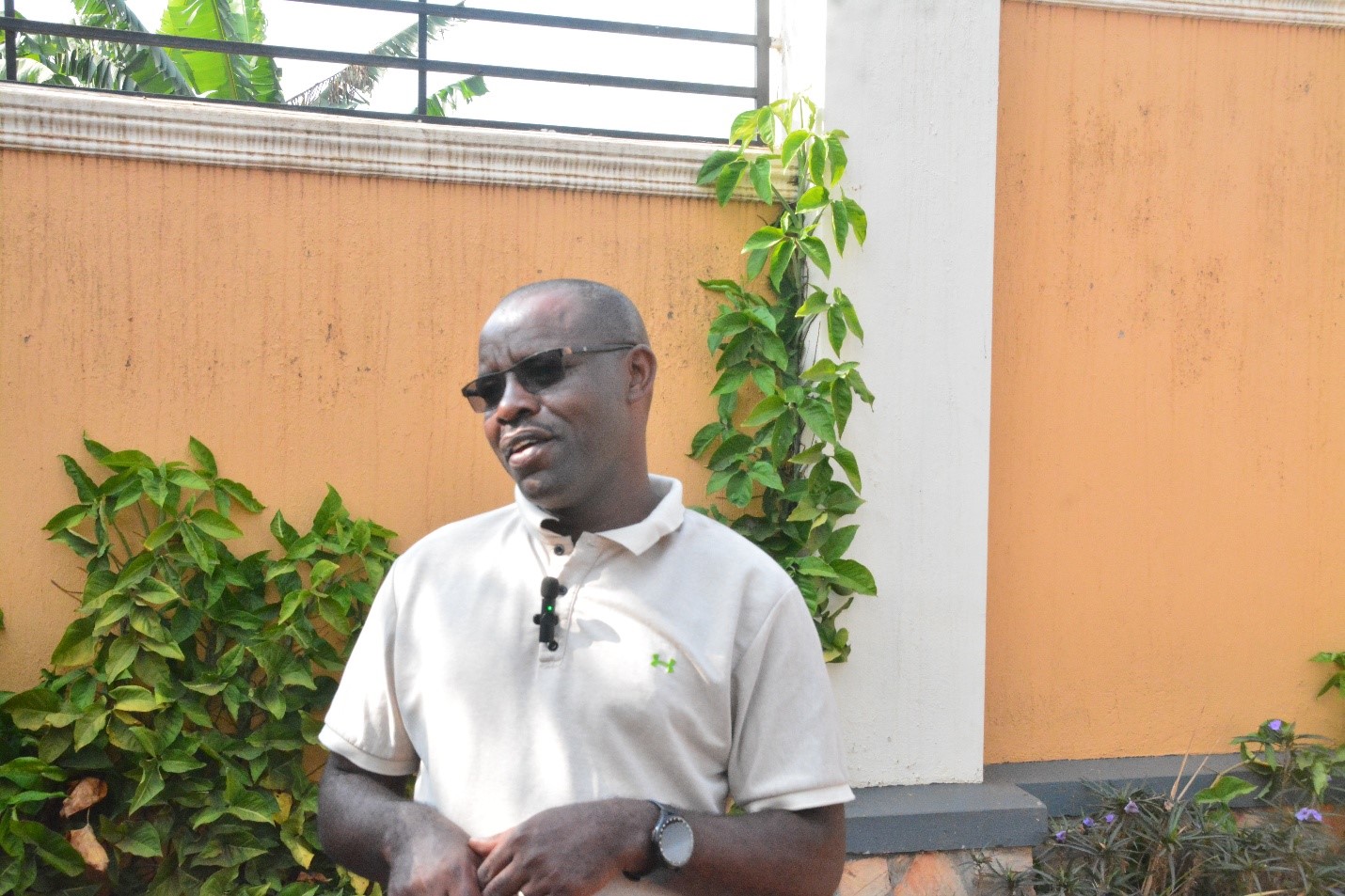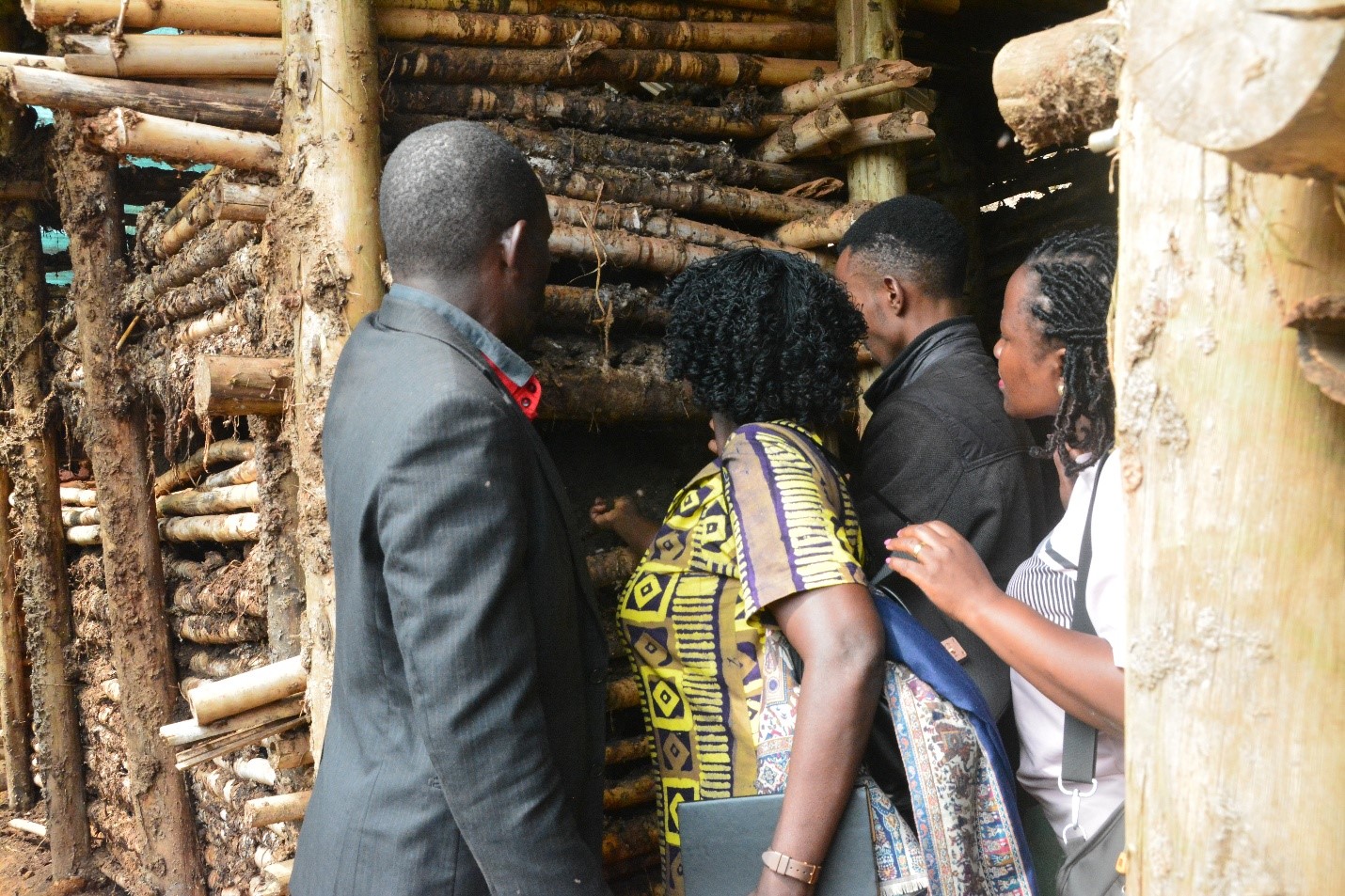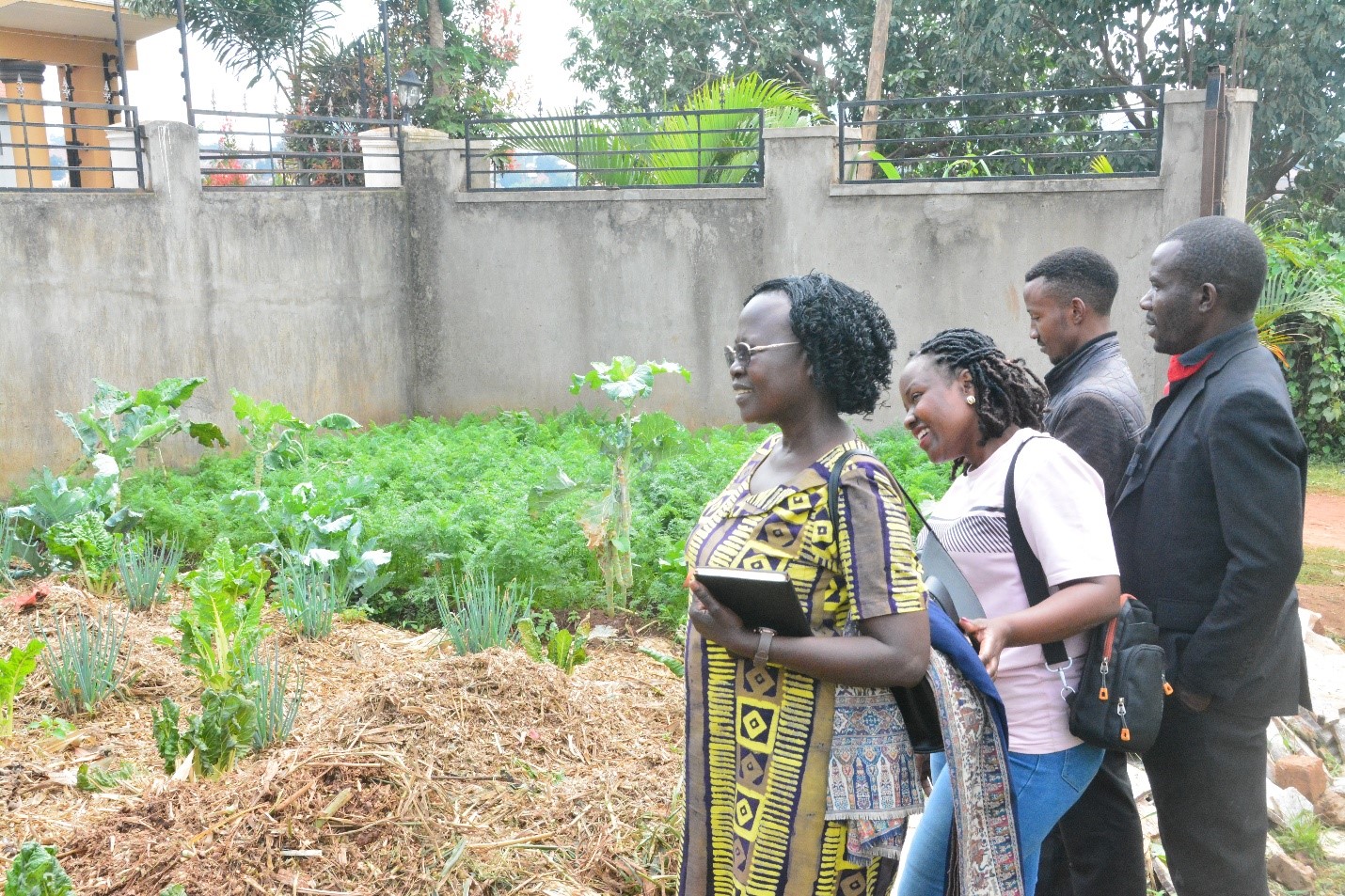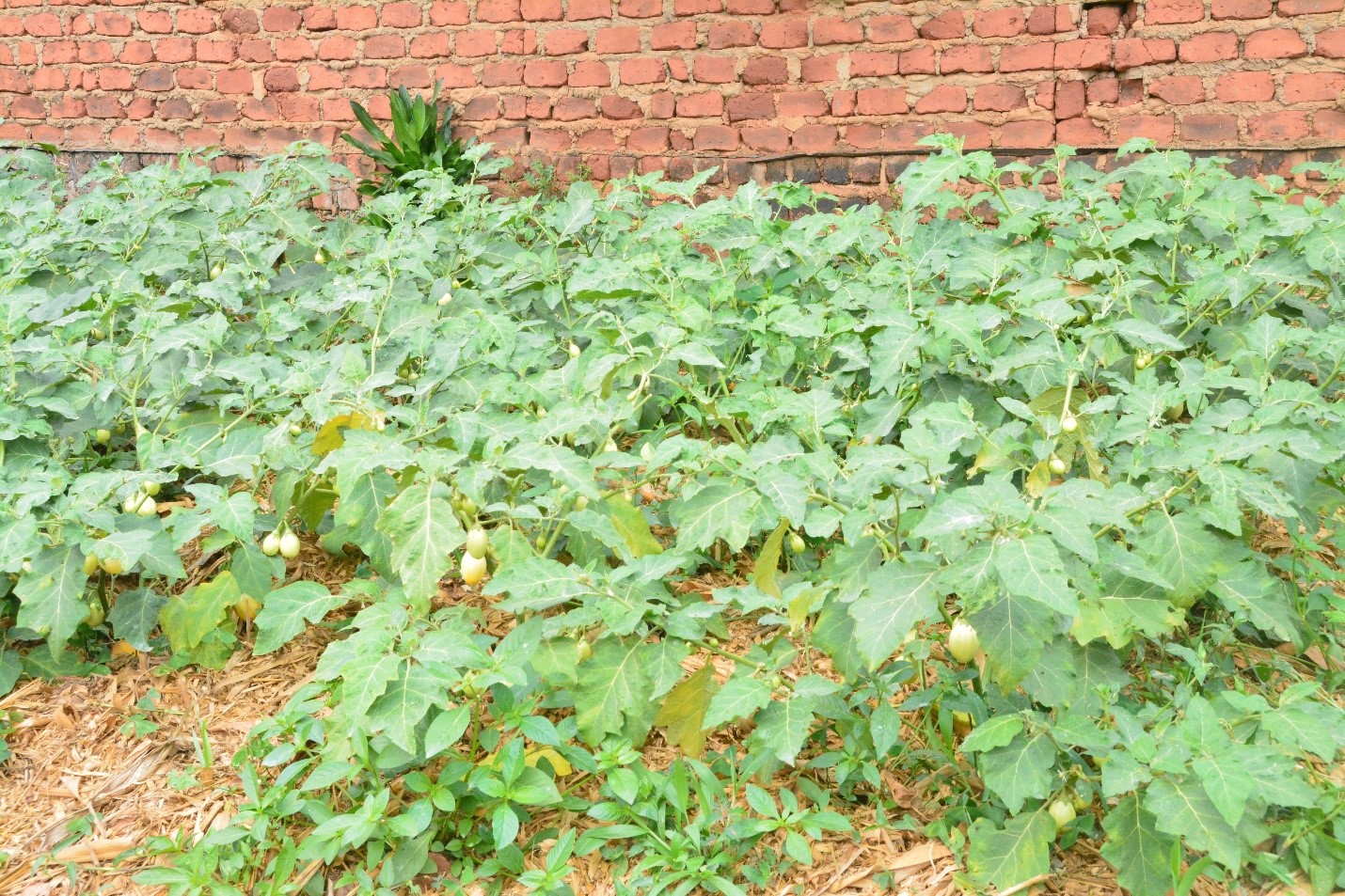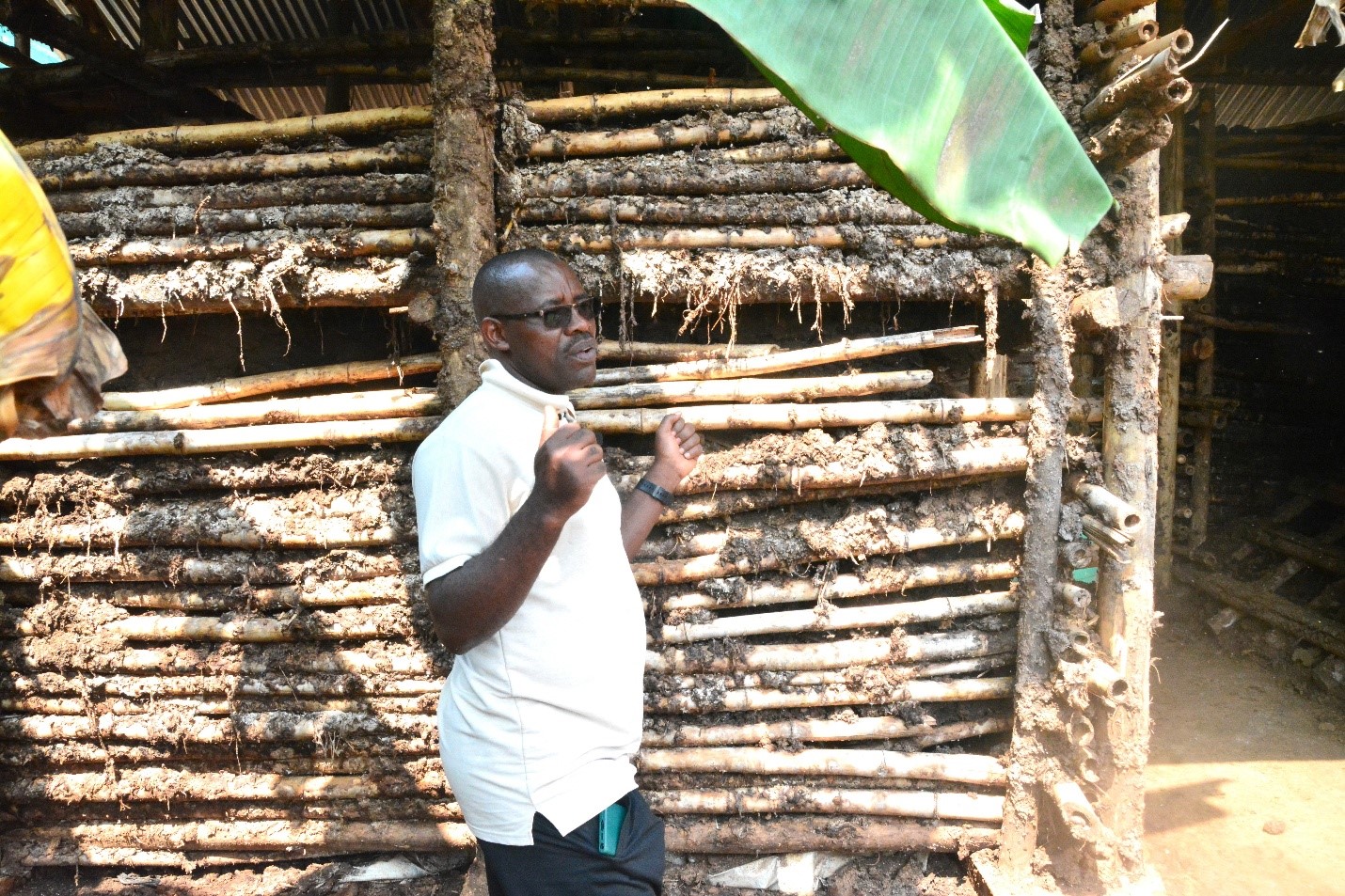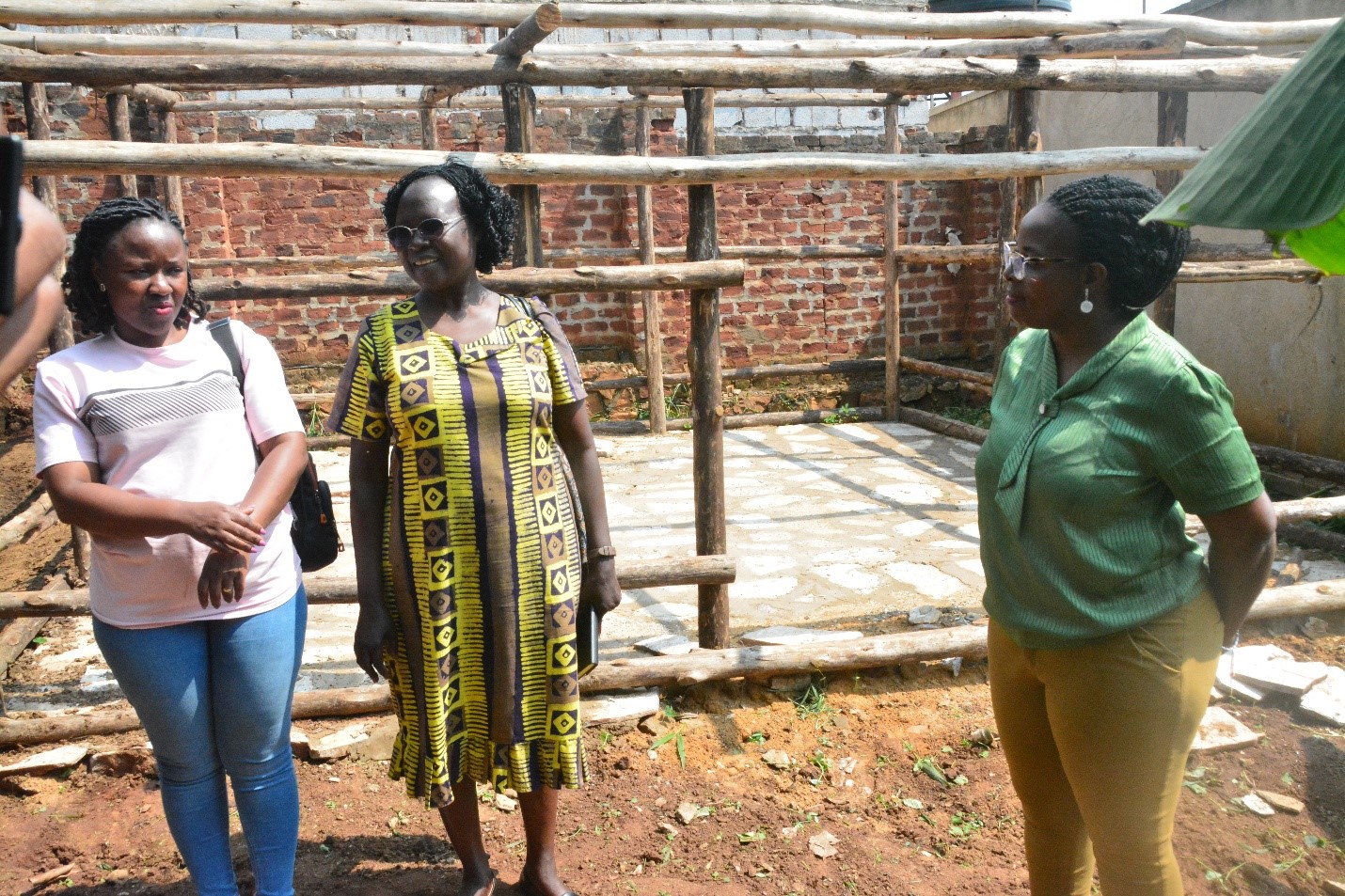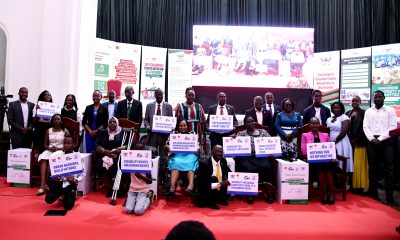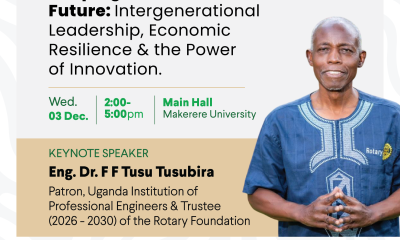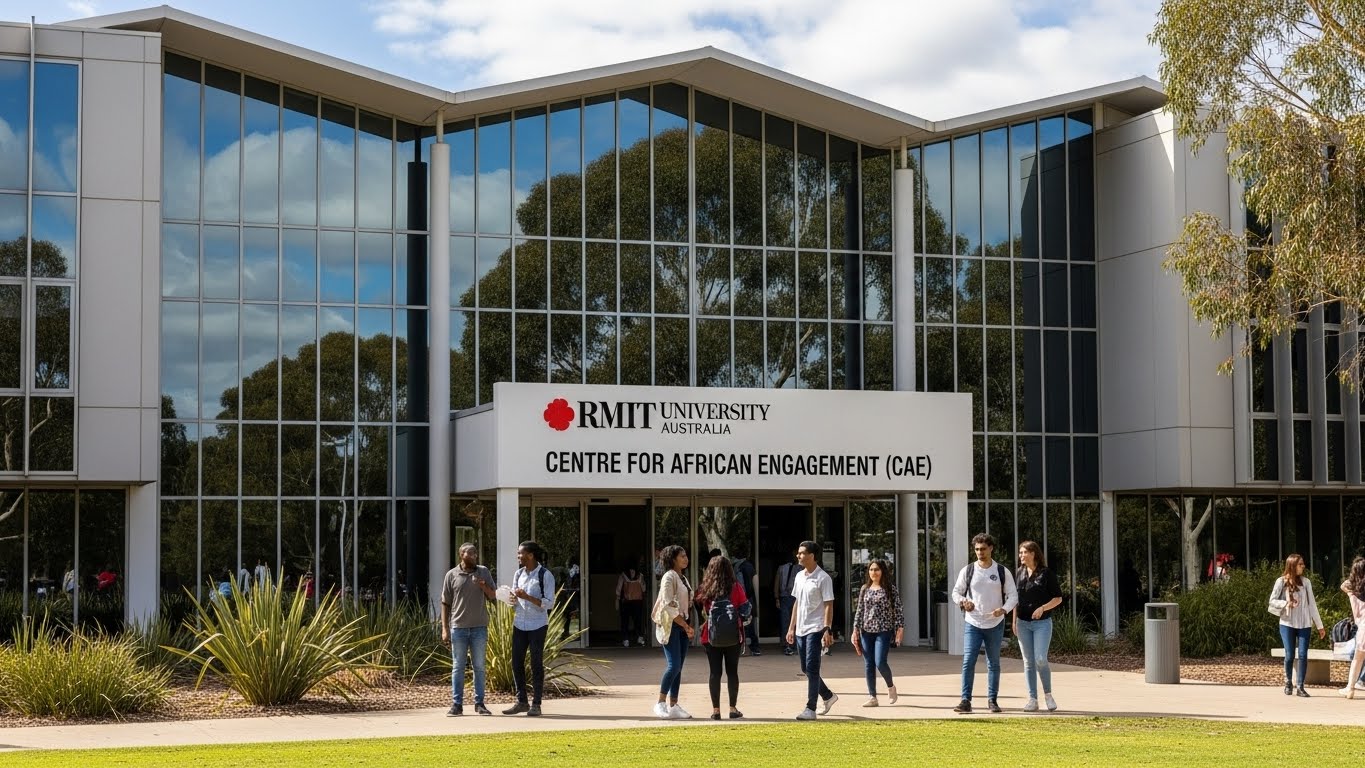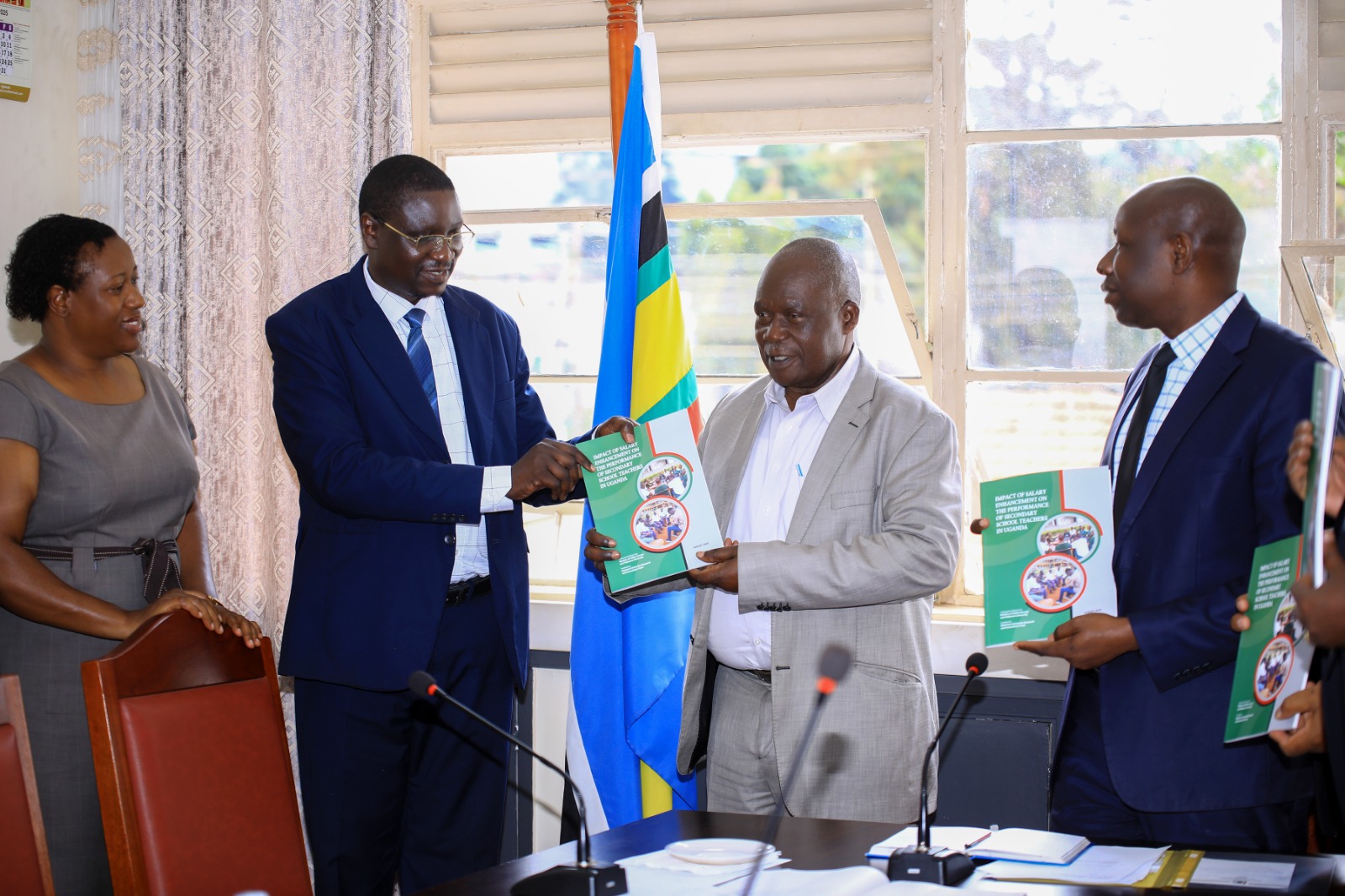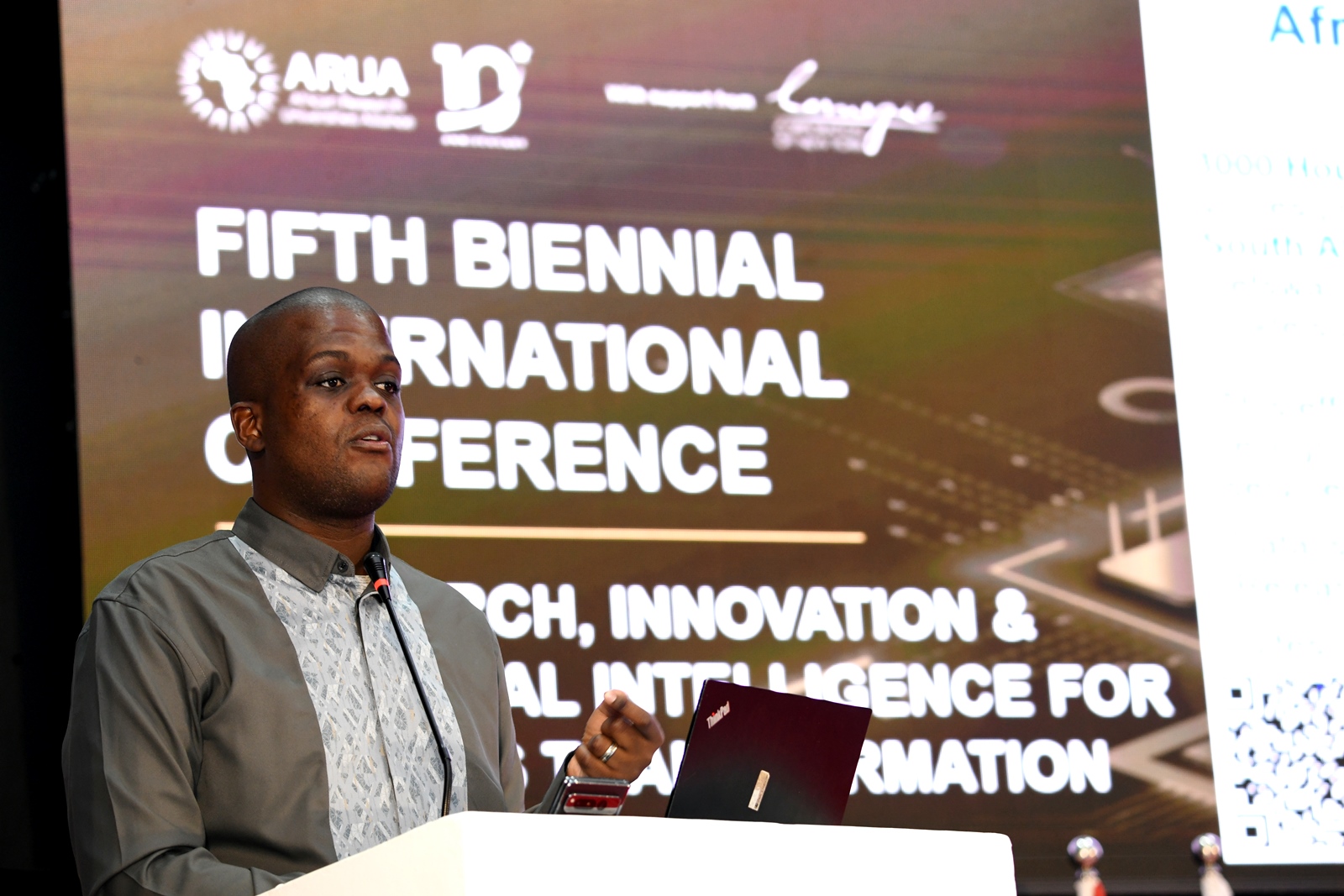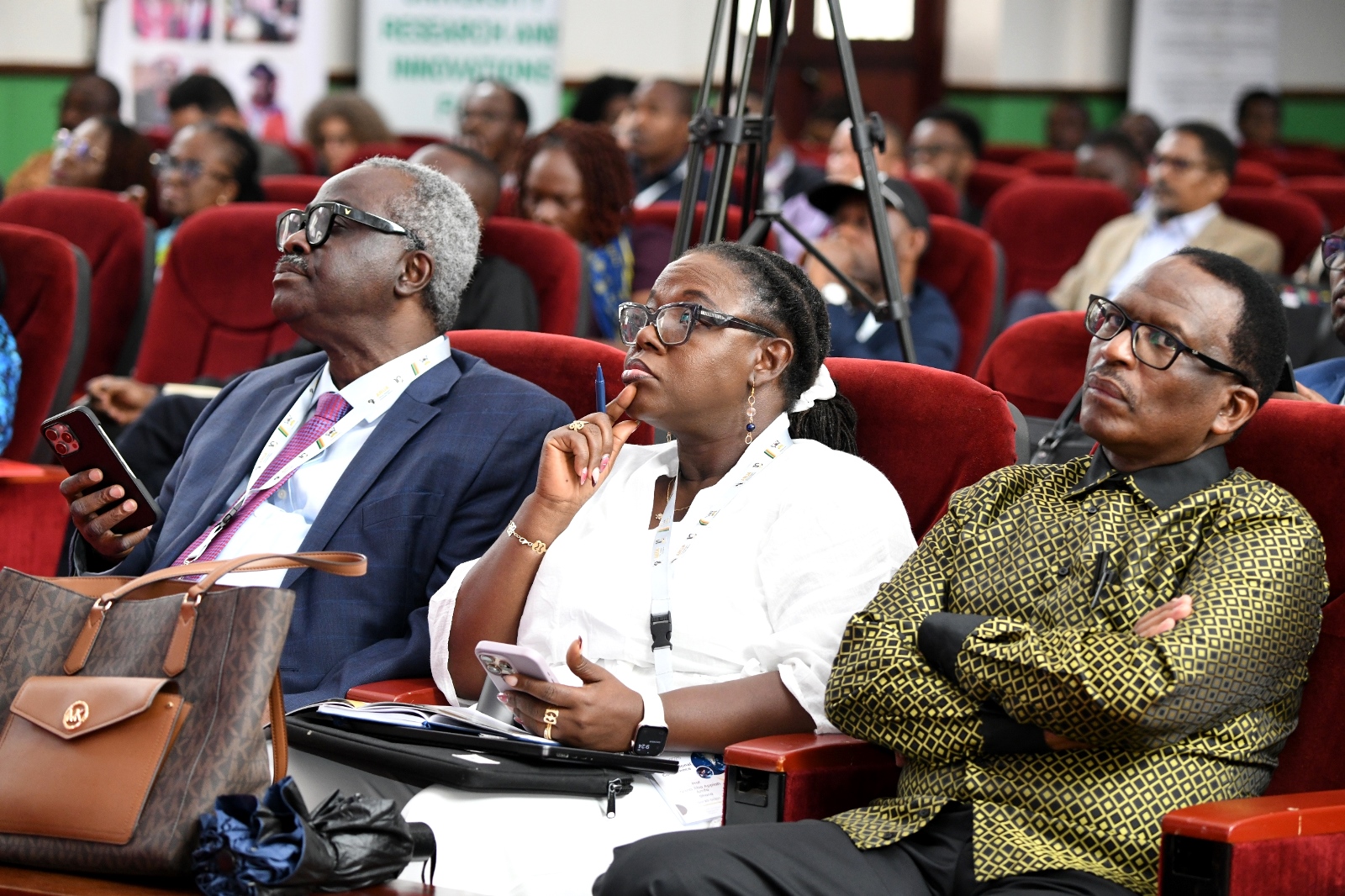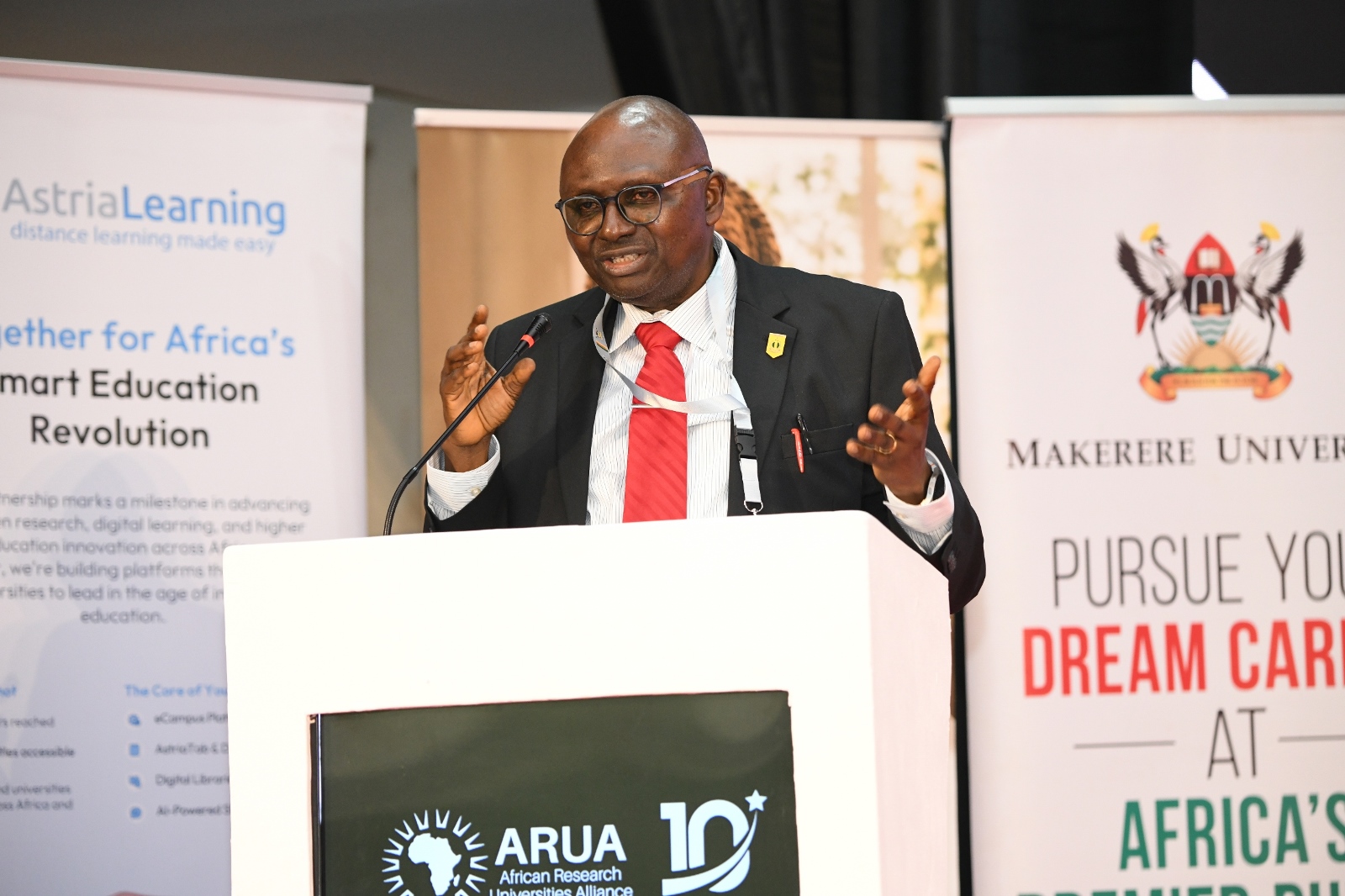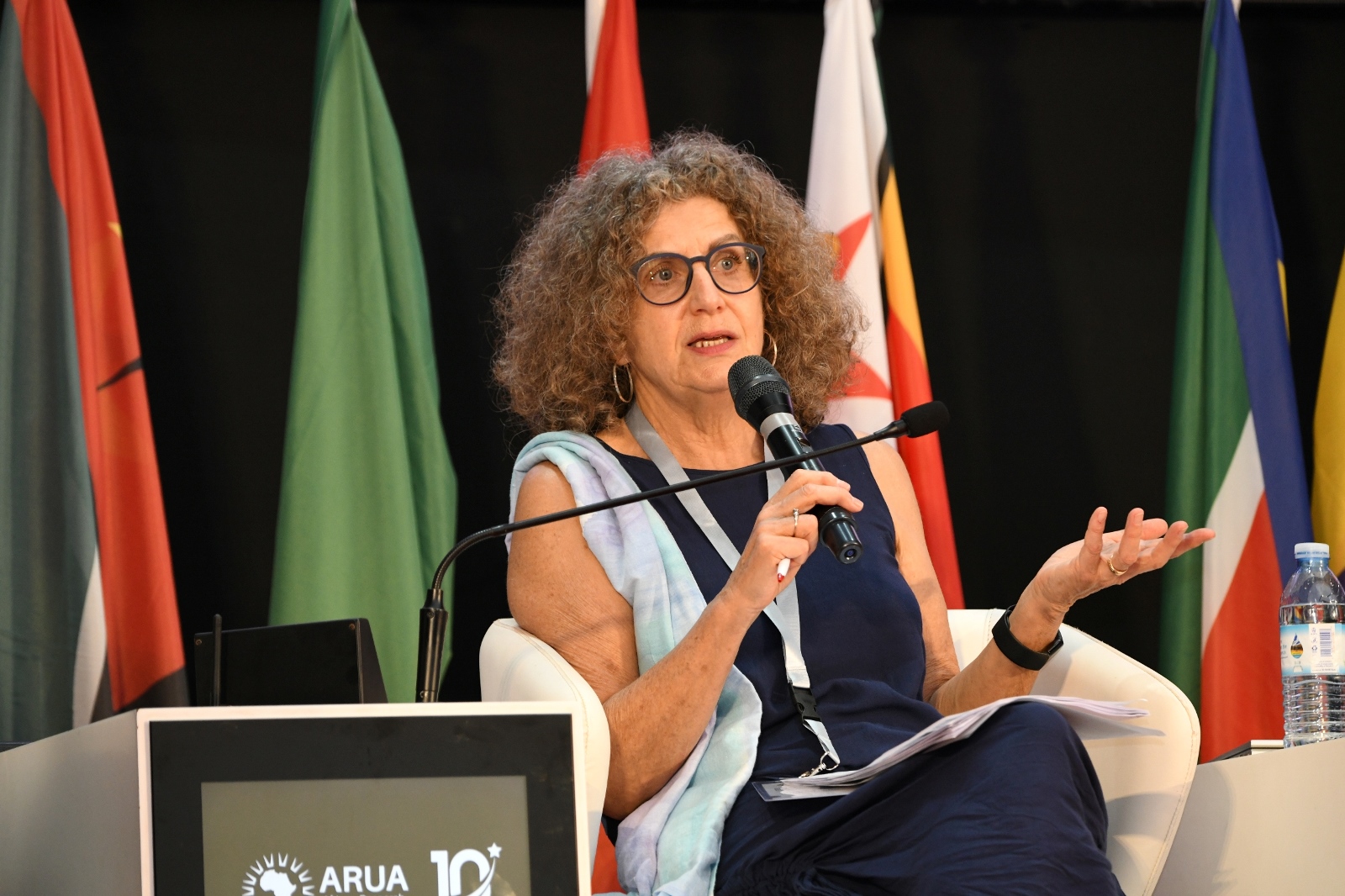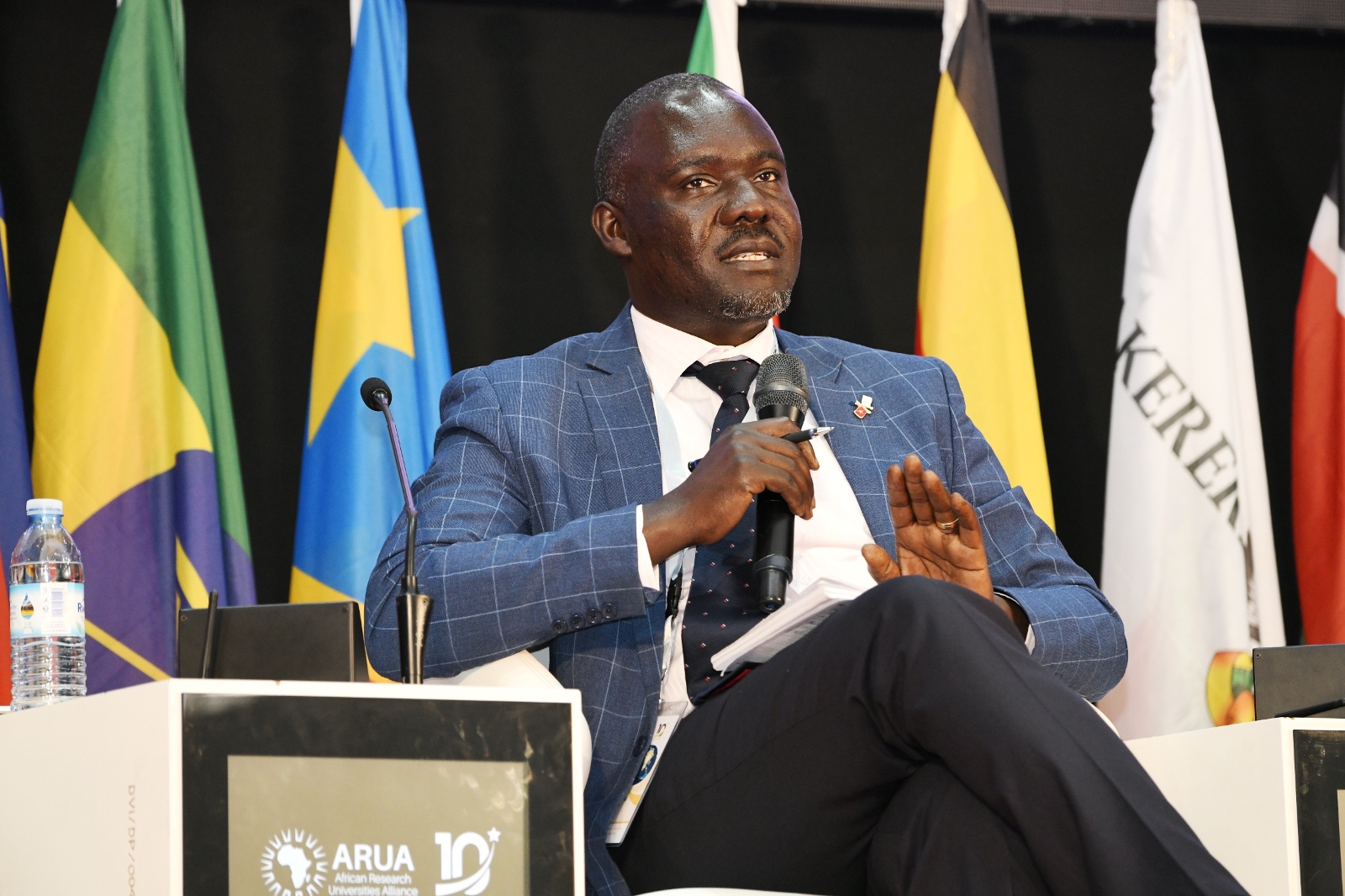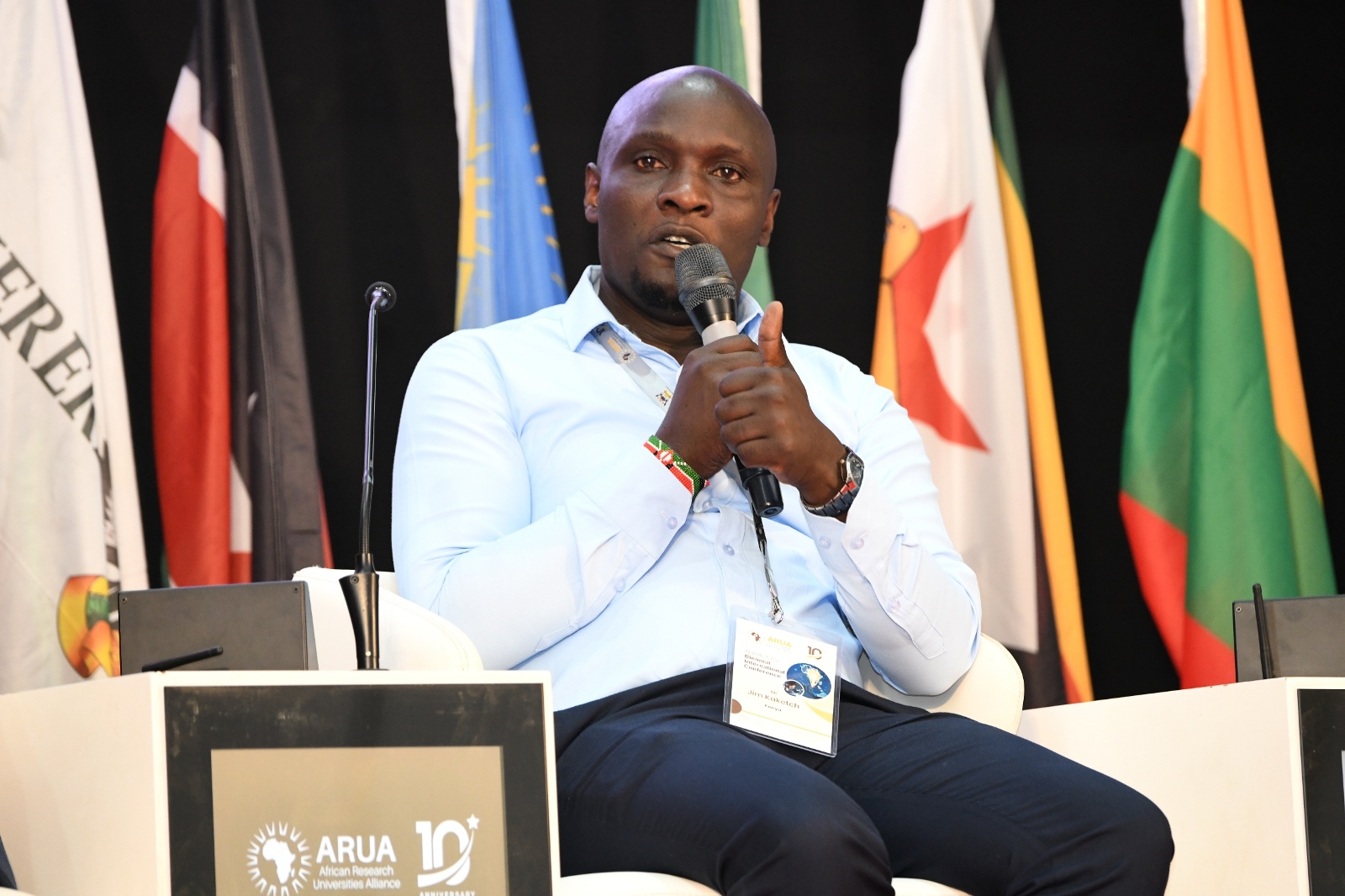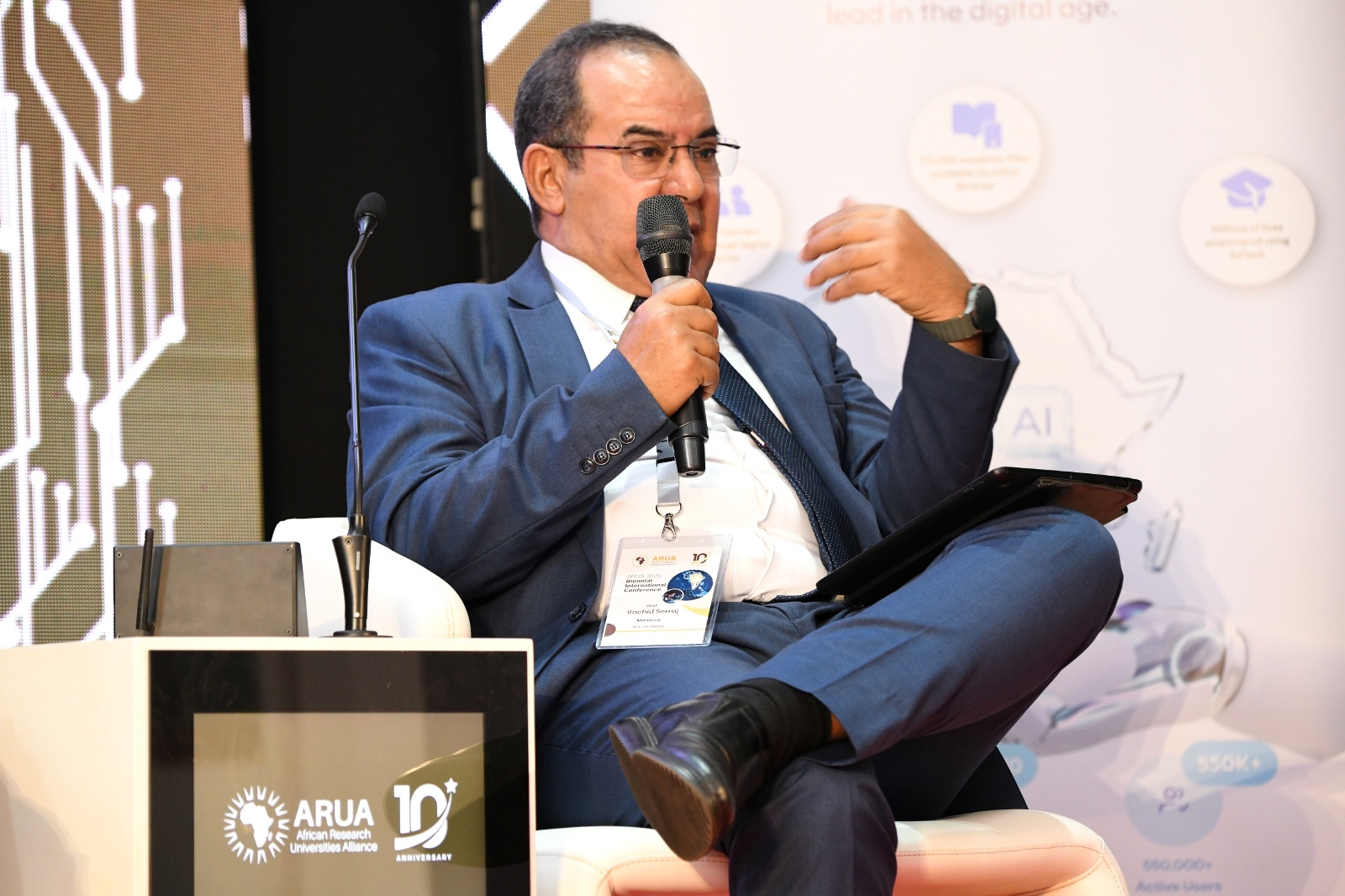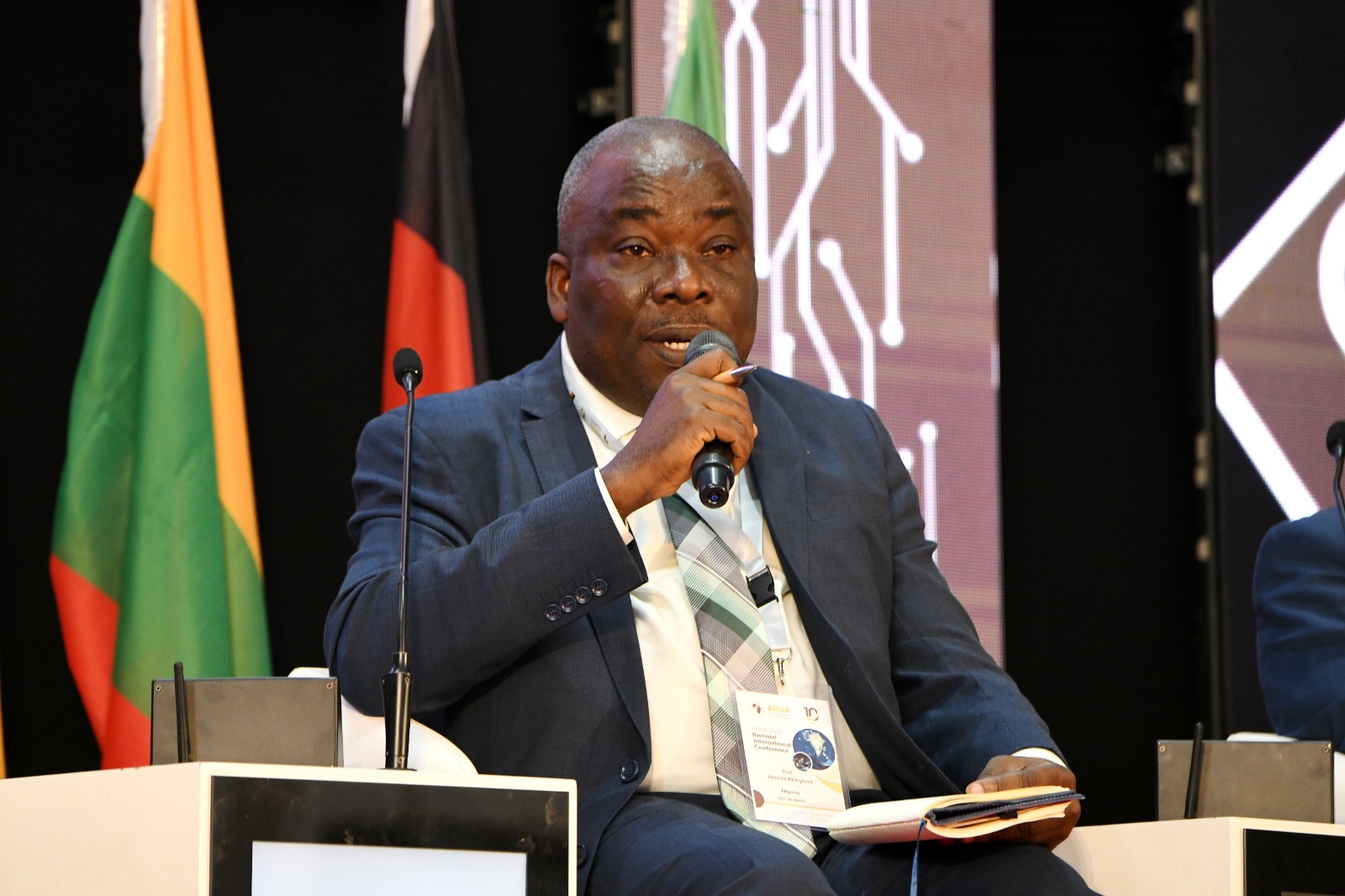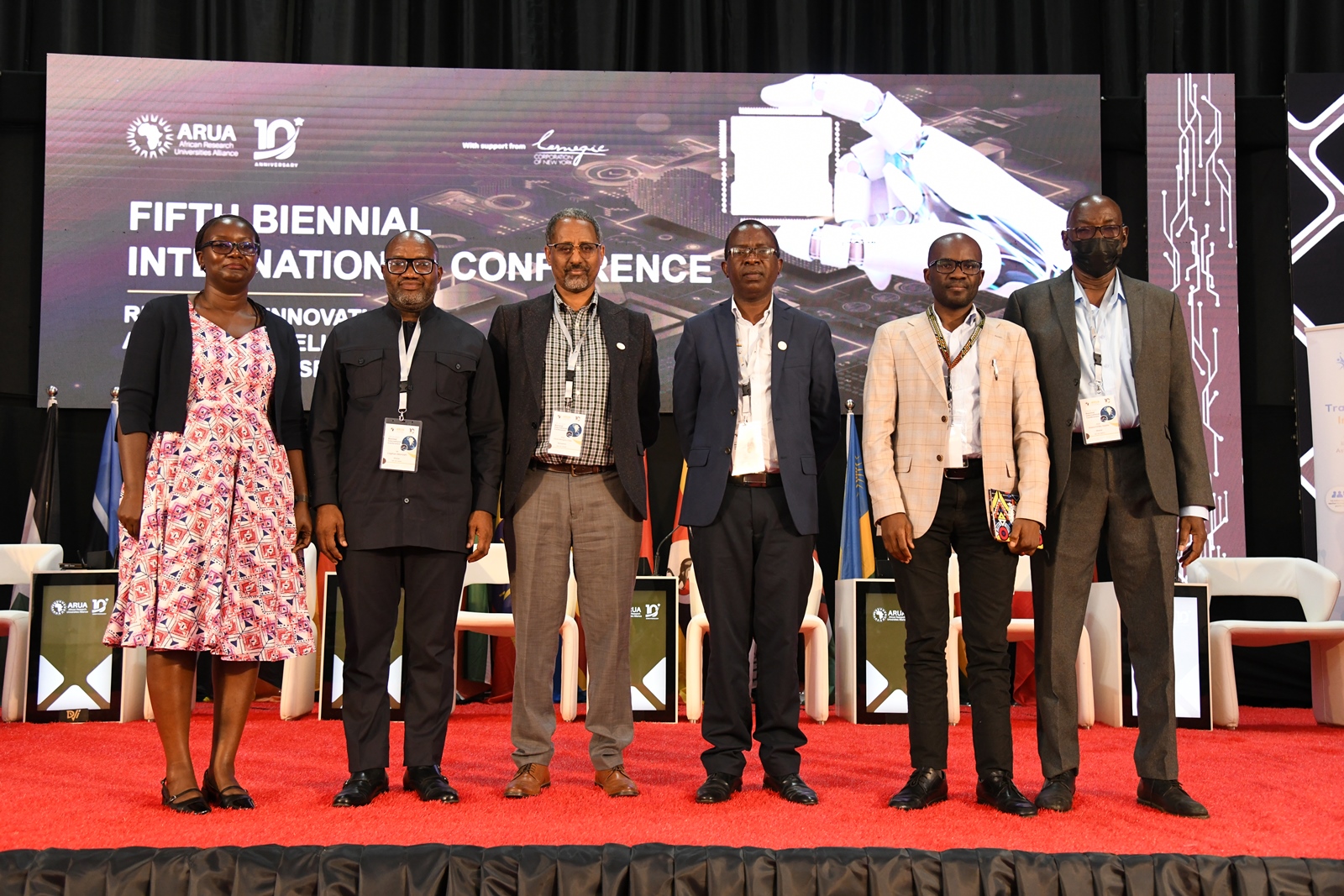Mak-RIF funded research highlights disparities between science and arts teachers and their implications for Uganda’s education system.
A collaborative study by Makerere University and the Ministry of Public Service has shed new light on how salary enhancement affects the performance of secondary school teachers in Uganda. The study, titled “Impact of Salary Enhancement on the Performance of Secondary School Teachers in Uganda,” was funded by the Government of Uganda through the Makerere University Research and Innovations Fund (Mak-RIF).
The research was prompted by the Government’s 2018 pay policy that significantly increased salaries for science teachers, while arts teachers remained at a lower rate. By 2022, science teachers had achieved 77% of the approved pay target, while that of arts teachers remained at 12%.
Researchers, led by Makerere University’s Dr. Cyprian Misinde, have noted that these disparities have far-reaching implications on the quality of education, the National Development Plan (NDP III Goal 5: Human Capital Development), the emerging NDP IV framework, and the Sustainable Development Goals (SDGs), particularly SDG 4 (Quality Education) and SDG 10 (Reduced Inequalities).
Assessing the Effects of Pay Enhancement
The study set out to assess the impact of salary enhancement on teacher performance, focusing on motivation, retention, student outcomes, and perceptions of both science and arts teachers.
Using a mixed methods approach, researchers collected data from 1,352 secondary school teachers (617 science and 735 arts teachers) across 14 sub-regions. Additionally, 28 key informant interviews were conducted with head teachers, alongside 28 focus group discussions (FGDs) with students.
Key Findings: A Divided Teaching Workforce
The findings paint a stark contrast between science and arts teachers:
Science teachers reported high motivation (80.5%), strong perceived performance (76.5%), greater retention intent (39.1% planning to stay until retirement), improved student outcomes (64.5%), and enhanced morale (80.5%). Arts teachers, however, experienced lower motivation (25.5%), reduced performance (17.8%), lower retention (27.5%), weaker student outcomes (15.2%), and diminished morale (26.6%).
Across the board, 85.3% of all teachers agreed that higher salaries improve retention, reaffirming that pay remains a critical driver of teacher performance and commitment.
“While the pay policy has strengthened science education, it has unintentionally widened disparities that could undermine equity and holistic quality education in Uganda,” the report reads in part.
The study also found that salary enhancement alone was not accompanied by proportional investments in other key performance enablers such as school infrastructure, teaching materials, and instructional resources which are equally vital for improved educational outcomes.
Policy Implications and Recommendations
The report cautions that prolonged disparities could lead to growing division between science and arts teachers, teacher demotivation, workforce instability, and uneven student performance, potentially hindering NDP IV’s goal of sustainable human capital growth.
The researchers called for a review of the implementation modalities of the pay policy to minimize salary disparities between science and arts teachers, thereby promoting balance, morale, and fairness across disciplines.
While the emphasis on science aligns with NDP III’s focus on STEM and human capital development, neglecting the arts undermines the holistic learning. Researchers called for an urgent need for balanced reforms to align with NDP IV and SDGs 4&10.
Leaders Weigh In
Speaking at the dissemination of the study, the Minister for Public Service, Hon. Wilson Muruli Mukasa, reaffirmed Government’s commitment to improving teachers’ welfare.
“The Government approved a public pay policy which includes progressive salary enhancement for secondary school teachers, particularly those teaching science subjects,” said Hon. Mukasa. “By FY2025/26, UGX 2.5 trillion has been committed to salary enhancements. However, even among teachers whose salaries were enhanced, some are applying for early retirement and their motivation to teach has declined. This study was hence commissioned to understand the immediate and future impact of this pay reform,” he added.
Hon. Mukasa further noted that the Ministry of Public Service sought technical support from a Mak-RIF–funded project to better appreciate the impact of salary enhancement and to guide future pay reforms.
The State Minister for Gender and Cultural Affairs, Hon. Peace Mutuuzo, echoed similar concerns, urging stakeholders to reflect on the challenges within the education sector and prioritize strategies that ensure equity and sustainability.
Strengthening Collaboration Between Makerere University and Government
The study is one of the first results of the Memorandum of Understanding (MoU) signed in January 2024 between Makerere University and the Ministry of Public Service.
According to Prof. Robert Wamala, a member of the Mak-RIF Grants Management Committee, the partnership is a strategy to strengthen evidence-based policy and governance.
“The MoU between Makerere University and the Ministry of Public Service is collaborative journey which forges a stronger bond between academia and Government for the greater good of society,” said Prof. Wamala.
Through the MoU, Makerere University and the Ministry of Public Service have committed to joint research projects, policy-oriented studies, data management and dissemination, capacity building, curriculum development, and monitoring and evaluation of collaborative initiatives.
Author: Winnie Kyamulabi is the Communications Officer, Makerere University Research and Innovations Fund (Mak-RIF)
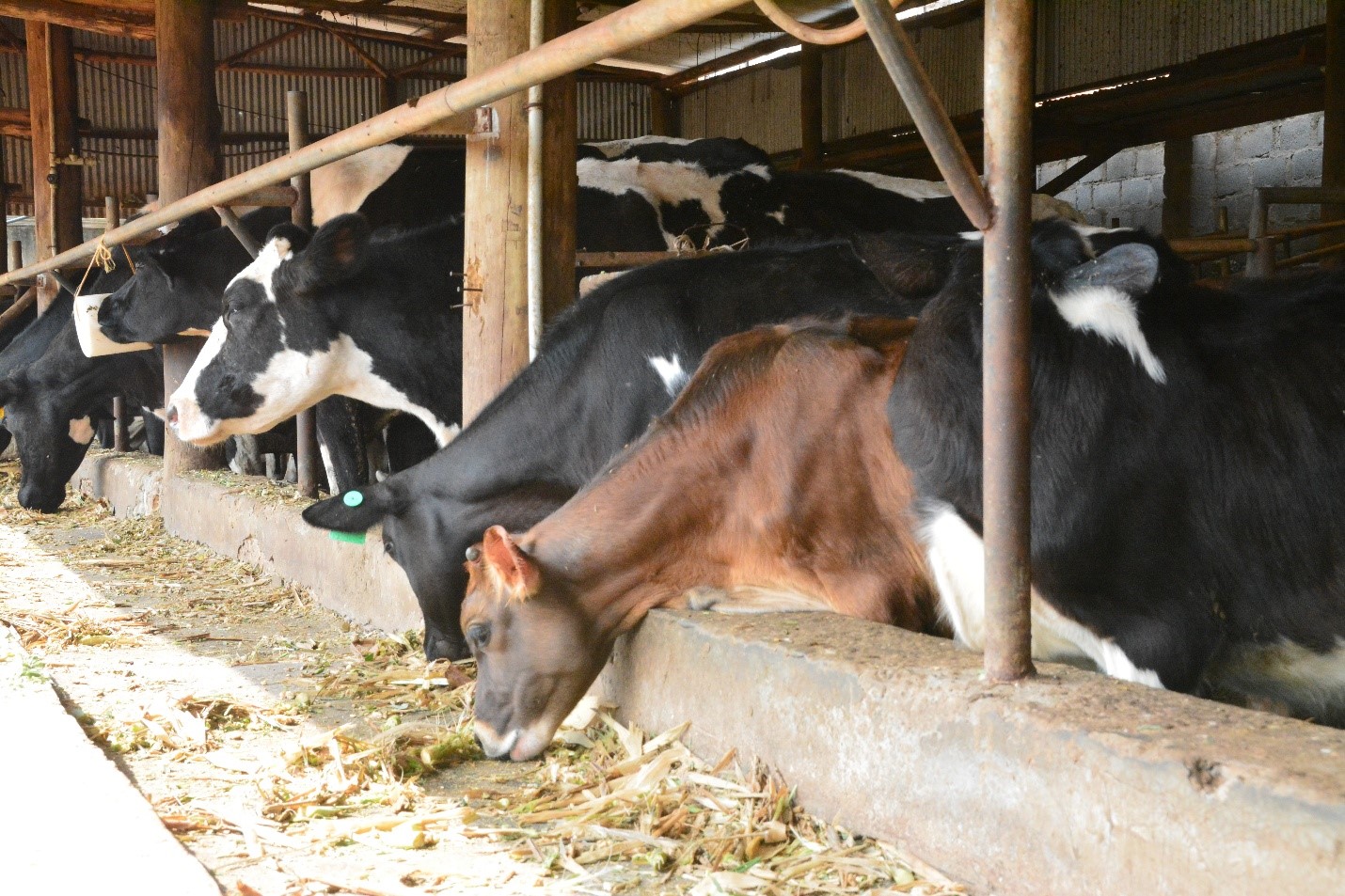
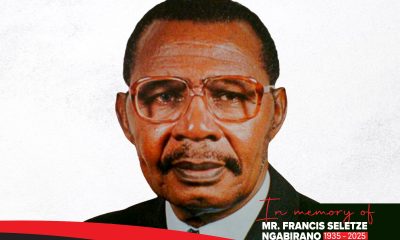
 General1 week ago
General1 week ago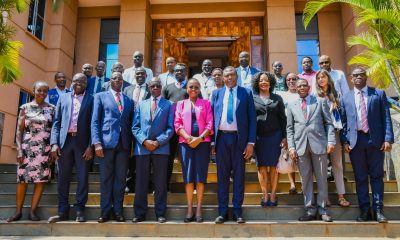
 Health6 days ago
Health6 days ago
 Engineering, Art & Tech1 week ago
Engineering, Art & Tech1 week ago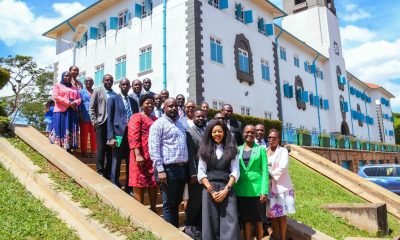
 General1 week ago
General1 week ago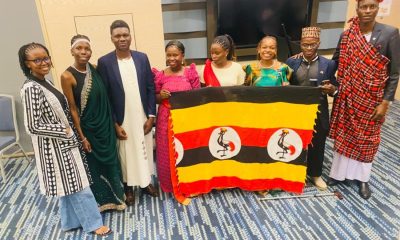
 General1 week ago
General1 week ago